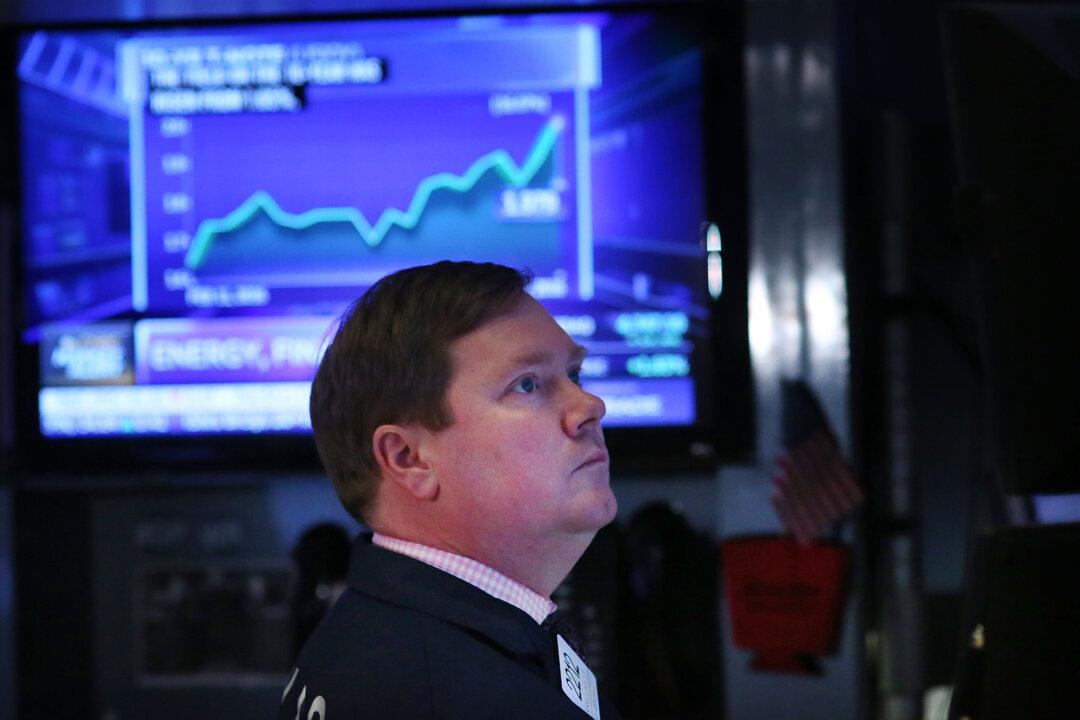Investors spend hours crunching numbers and economic fundamentals, price-to-earnings ratios, and relative valuations. But at the end of the day, they trust their gut the most.
“This market’s current temperament feels so much like either Japan in 1989 or the United States in 1999. And the events that have transpired so far this January make me feel more convinced than ever of this repeating history,” hedge fund great Paul Tudor Jones wrote in a note to clients obtained by Bloomberg.





